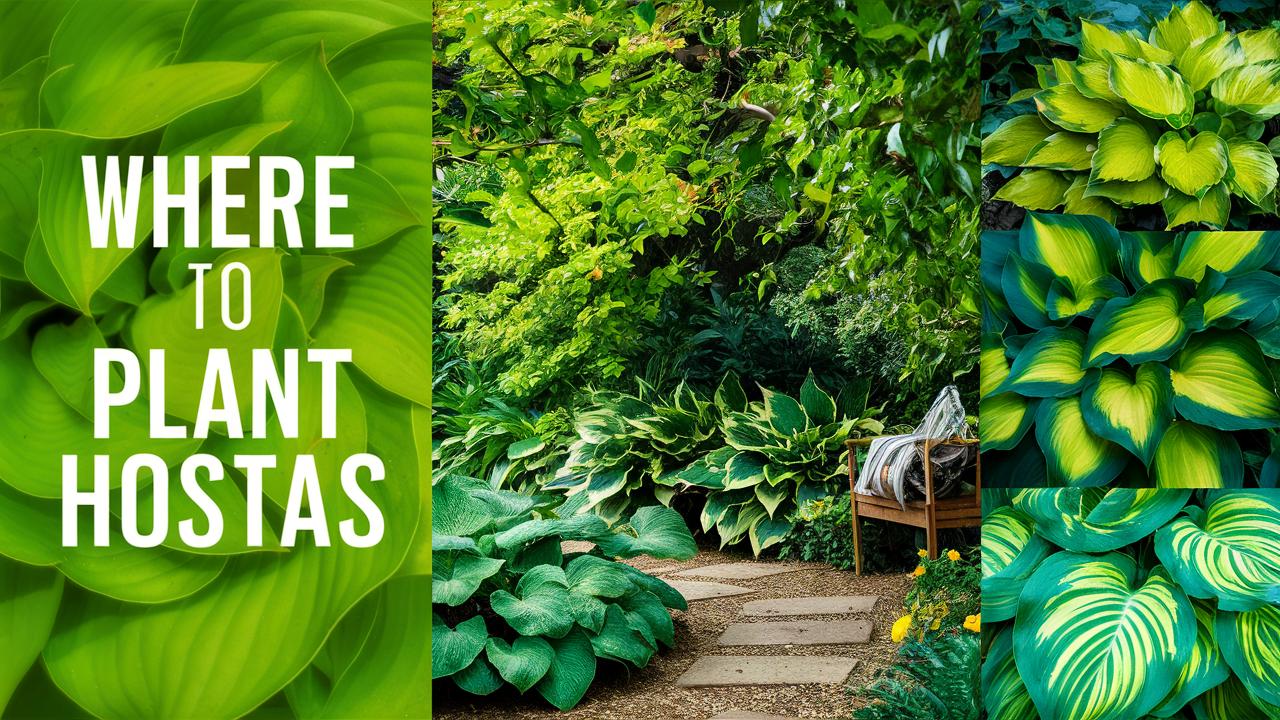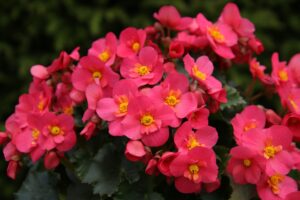In this in-depth guide, we’ll explore the optimal places to plant hostas, factors to consider, and tips for maintaining their health and beauty.
Understanding the Unique Qualities of Hostas
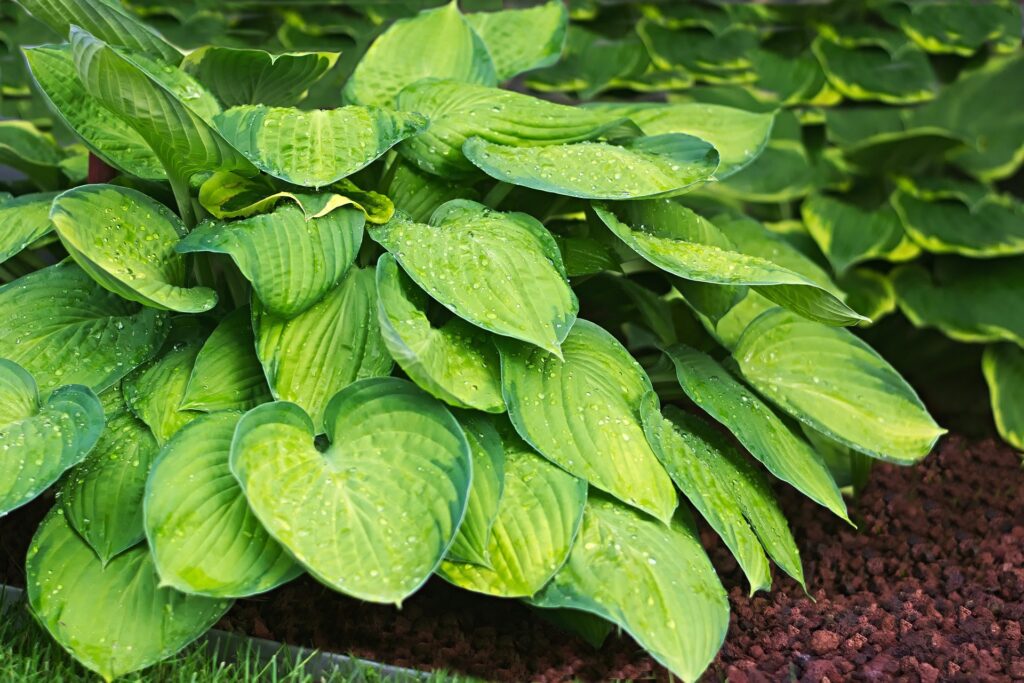
Before we delve into the specifics of where to plant hostas, it’s essential to understand what makes them so special. Hostas are predominantly shade-loving plants that come in a staggering array of sizes, shapes, and colors. They can have leaves ranging from deep green to variegated blue, gold, and even white. This diversity allows for exciting combinations in garden design.
Hostas are also known for their resilience; they are remarkably adaptable and can thrive in various soil types and conditions. However, while they are hardy once established, they require some attention when it comes to placement to flourish to their fullest potential.
Optimal Sun Exposure
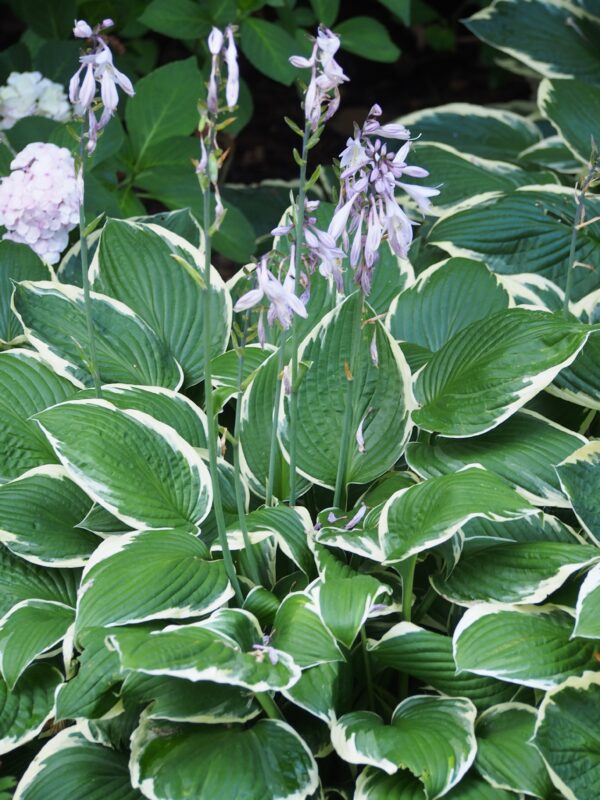
One of the first considerations when planting hostas is their light requirements. While they can tolerate some morning sun, hostas prefer shady conditions. Here’s a breakdown of sunlight exposure for hostas to ensure you choose the right planting site:
Full Shade: Hostas will thrive in areas that receive little to no direct sunlight. This is especially true for varieties with darker foliage, as too much sunshine can scorch their leaves. Good locations include under large trees, on the north side of buildings, or in areas shielded from direct sunlight by other plants or structures.
Partial Shade: Hostas can also flourish with partial shade, meaning they receive a few hours of filtered sunlight. Ideal spots include places that experience dappled light or morning sun with afternoon shade. This can include areas near taller shrubs or in gardens with overhead coverings from trees or trellises.
Morning Sun: A few hours of morning sunlight followed by afternoon shade can be beneficial for certain hosta varieties. This exposure allows them to soak in some warmth without subjecting them to the harshness of midday heat. This can be an excellent choice for regions with mild summers.
Soil and Drainage Considerations
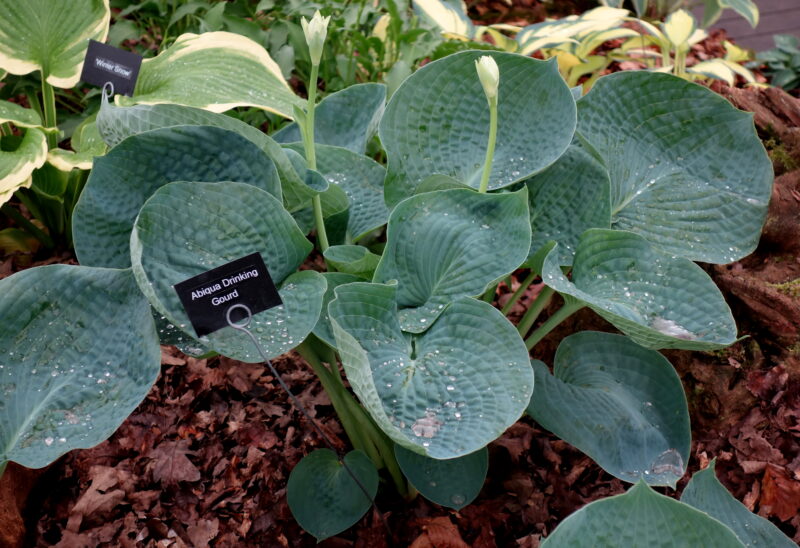
The second crucial factor for planting hostas is soil quality and drainage. Hostas flourish in moist, well-drained soil rich in organic matter. Here are aspects to consider related to soil:
Soil Type: Hostas prefer loamy soil that retains moisture but drains well. Clay soils can hold too much water, leading to root rot, while sandy soils may drain too quickly, requiring more frequent watering. A balanced loamy mixture provides the best of both worlds.
pH Levels: Hostas thrive in slightly acidic to neutral pH levels (around 6.0 to 7.0). Conducting a soil test can help determine the pH and inform you if amendments like sulfur (to lower pH) or lime (to raise pH) are necessary.
Organic Matter: Enriching the soil with compost or well-rotted manure can improve its structure, moisture retention, and nutrient content. Mixing in organic material before planting sets the stage for healthy root development.
Creating Microclimates in Your Garden
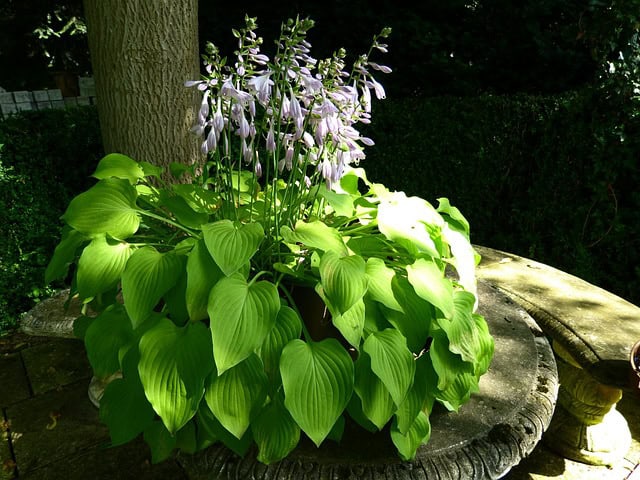
Gardens often feature a mix of sun and shade, creating various microclimates. Utilizing these microclimates is a strategic way to find ideal locations for hostas. Here are some tips to consider:
Under Trees: Hostas make excellent companions to large shade trees. The ground beneath trees often offers moist, cool conditions perfect for hostas. Consider planting them under deciduous trees, as the leaf cover provides shade in summer while allowing filtered light during the spring.
Near Structures: Walls and fences can create sheltered spaces for hostas, providing warmth and protection. A north-facing wall can also offer partial shade while reflecting some light, making it easier for hostas to thrive.
Rock Gardens and Slopes: Hostas are adaptable and can often be planted on slopes or within rock gardens, provided there’s sufficient moisture and shade. Just remember that they can struggle in overly rocky or dry conditions.
Designing with Hostas in Mind
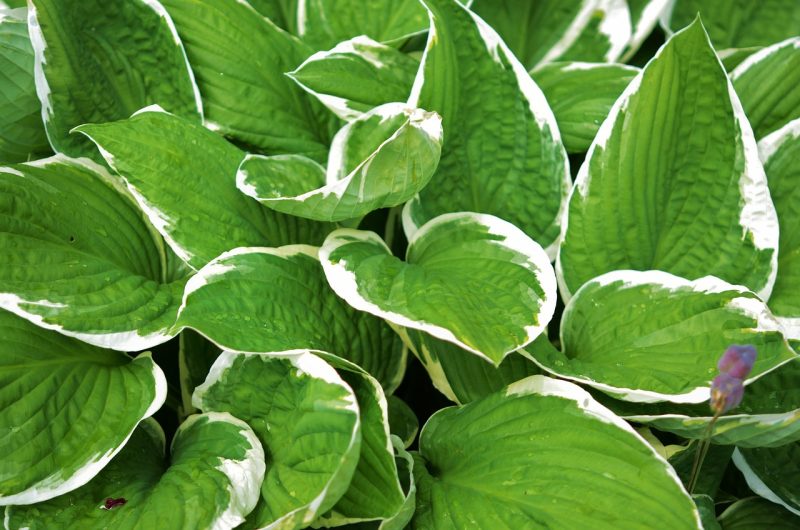
When deciding on planting locations, it’s not only about the plants’ needs but also the overall garden aesthetic. Here are strategies to design beautiful arrangements featuring hostas:
Textural Contrast: Hostas can add a lush texture to garden spaces. Pair them with plants that have different textures or forms, such as ferns or ornamental grasses. Their large, broad leaves contrast beautifully with finer-leaved plants.
Color Coordination: Plant hostas in color-rich arrangements. Combining varieties of hostas with differing leaf colors (such as blue, gold, and green) can create striking visual contrasts. Consider the blooming period of nearby plants as well to create a dynamic, colorful garden throughout the seasons.
Layering Plants: Positioning smaller hosta varieties in the foreground against taller perennials or shrubs can create depth in your garden beds. Be cautious of the mature sizes of hosta varieties to ensure each plant has enough space to thrive without overcrowding.
Seasonal Considerations for Planting
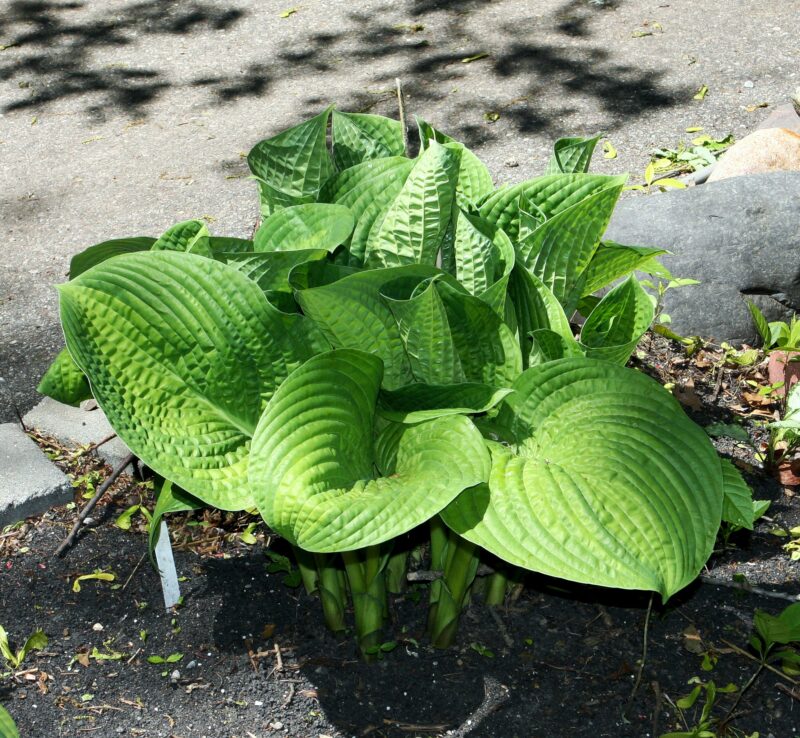
There are optimal times for planting hostas to ensure they establish themselves well. Here’s what you need to know about seasonal planting:
Spring Planting: The best time to plant hostas is typically in the spring after the last frost. Planting at this time gives them the entire growing season to develop their roots and foliage.
Fall Planting: Alternatively, fall can also be a good time to plant, particularly in milder climates. Planting in early fall (around six weeks before the expected first frost) allows hostas to take root before winter dormancy while minimizing stress from high summer temperatures.
Companion Planting with Hostas
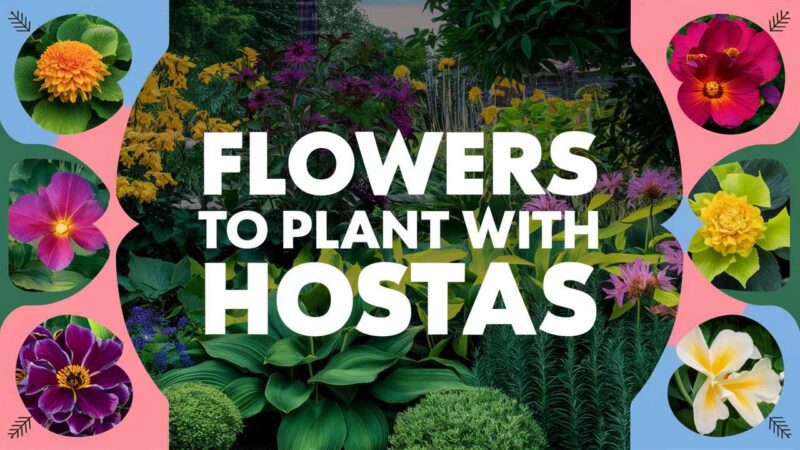
By taking advantage of hostas’ adaptability, you can create beautiful companion plantings that enhance your garden’s appeal. Here are some beneficial companions:
Ferns: Many ferns, such as the Japanese painted fern or maidenhair fern, flourish in similar shady conditions. These plants can provide a lovely contrast in texture and form alongside hostas while both plants enjoy the same moisture levels.
Heuchera (Coral Bells): Known for their vibrant foliage, heucheras can complement hostas beautifully. They thrive in similar growing conditions, and their foliage colors can add further interest to your garden.
Astilbe: This perennial thrives in shade and offers flowering spikes in summer, providing an excellent colorful contrast to the lush green leaves of hostas. Astilbe prefers moist soil, making it an excellent companion.
Maintenance Tips for Hostas in the Garden
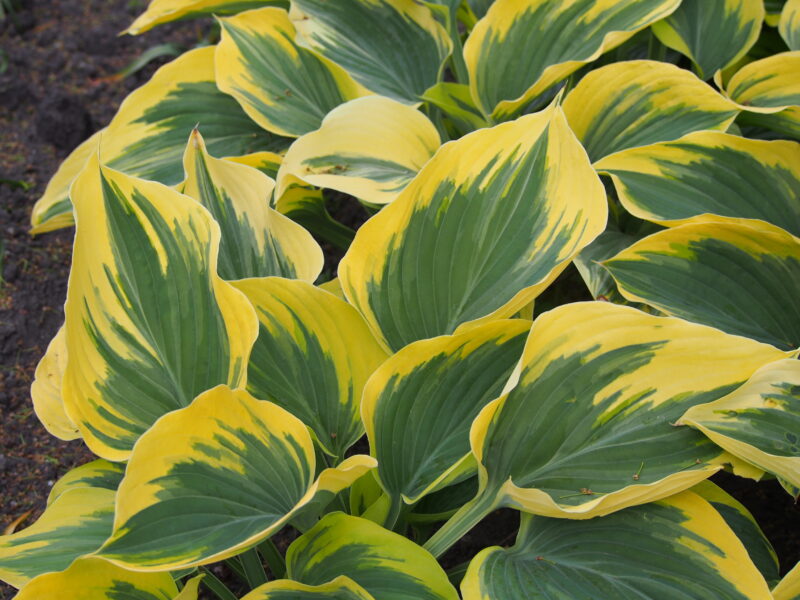
After successfully planting your hostas in the ideal spots, proper maintenance ensures they continue thriving. Here are essential care tips to keep in mind:
Watering: Hostas prefer consistently moist soil but be careful not to over-water. Regular watering is especially important during their first year but gradually tapers as they establish deep roots. Drip irrigation or soaker hoses can be an effective way to provide moisture without saturating the soil.
Fertilization: Applying a balanced fertilizer in early spring helps ensure hostas get the nutrients they need to grow vigorously. Using organic fertilizers or slow-release options can benefit soil health over time.
Mulching: A layer of mulch around hostas helps retain moisture, control weeds, and even regulate soil temperature. Organic mulch, such as shredded leaves or pine needles, adds additional nutrients as it breaks down.
Pest Management: While hostas are quite resilient, they can attract pests, including slugs and snails. Employing natural deterrents, such as diatomaceous earth or copper tape, can help keep these nuisances at bay.
Planting Hostas in Containers
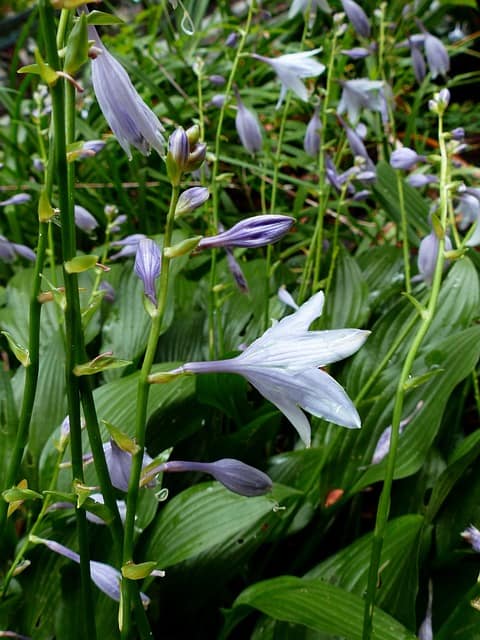
If you have limited garden space or want to add hostas to your patio or balcony, consider planting them in containers. While containers can be restrictive, hostas can adapt beautifully. Here are some tips for container planting:
Choose the Right Size Container: Select a container that allows ample space for the hosta’s root system to grow. Typically, a pot 12-18 inches deep and wide is a good starting point, depending on the hosta variety.
Use Quality Potting Mix: A well-draining potting mix, enriched with organic compost, is essential for container-grown hostas. This ensures that they have the right moisture-retention properties without becoming waterlogged.
Location: Position your containers in shaded or partially shaded areas, maintaining the same light conditions as in traditional gardens. Regular watering is crucial, as container soil dries out faster than garden beds.
Conclusion: The Joy of Planting Hostas
Hostas are truly versatile and stunning plants that bring life and color to shaded gardens. Knowing where to plant them is key to unlocking their full potential. By considering sunlight exposure, soil conditions, microclimates, and companion planting, you can create a thriving oasis of hostas.


